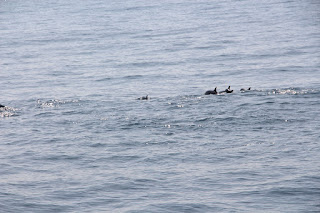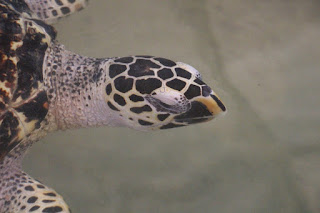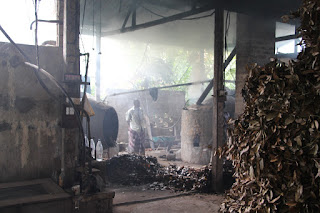The southern coast of Sri Lanka was really intended to see some of the diverse wildlife that can be found in the open ocean, as well as get a greater sense of true Sri Lankan culture (as Nuwara Eliya wasn't really Sri Lankan - many Indians were brought in to cultivate tea and eventually settled there alongside the British and remained there after independence).
Here we tried traditional Sri Lankan rice and curry, string hoppers, various chutneys, and introduced to the wood apple, which literally had a rind as hard as wood (requiring a hammer to open) and tastes kind of like a blueberry smoothie. Like south Indian, they used fermented rice powder to make fritters, albeit the curries had more of a coconut flavour to them.
We had the opportunity to visit various 'touristy' spots that showcased to us how silk was made, how rare blue moonstone was mined by hand (apparently to avoid damaging the larger pieces - take with grain of salt), and how cinnamon bark was harvested, and the essential oils made from leaves, alongside the typical inflated prices demanded from such spectacles - bought the token small item to at least pay the price of admission in these cases. Sri Lanka is famous for its gems, especially vivid blue sapphires, but do not recommend buying any unless you really know what you're doing.
The absolute highlight of this leg was visiting one of many sea turtle hatcheries where we could see the entire lifecycles, from egg to adult, of the 5 species of sea turtles found in Sri Lanka. The babies are extremely vulnerable to predation from birds, crabs and humans (who eat the eggs), and so all clutches once laid were moved inland to allow all eggs to hatch, allow the turtles to grow to a few weeks of age, then released into the ocean. Once freed, they would return in 30 years to nest in the exact location they left. We also saw blue whales for the first time, although sadly, not the leviathans showcased on BBC World or Discovery Channel - just some juveniles this time.
In addition to wildlife watching and eating, spent a few moments in Galle, one of the major cities in Sri Lanka, and where an old Portuguese fort, later reinforced by the Dutch was established, then later taken by the British.
Subscribe to:
Post Comments (Atom)


























No comments:
Post a Comment